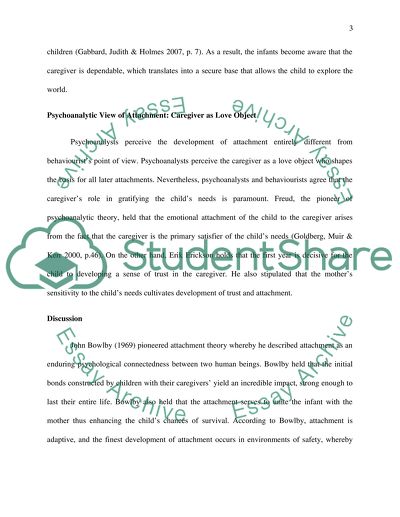Cite this document
(“Discuss the attachment theories in childhood Essay”, n.d.)
Retrieved from https://studentshare.org/psychology/1397648-discuss-the-attachment-theories-in-childhood
Retrieved from https://studentshare.org/psychology/1397648-discuss-the-attachment-theories-in-childhood
(Discuss the Attachment Theories in Childhood Essay)
https://studentshare.org/psychology/1397648-discuss-the-attachment-theories-in-childhood.
https://studentshare.org/psychology/1397648-discuss-the-attachment-theories-in-childhood.
“Discuss the Attachment Theories in Childhood Essay”, n.d. https://studentshare.org/psychology/1397648-discuss-the-attachment-theories-in-childhood.


